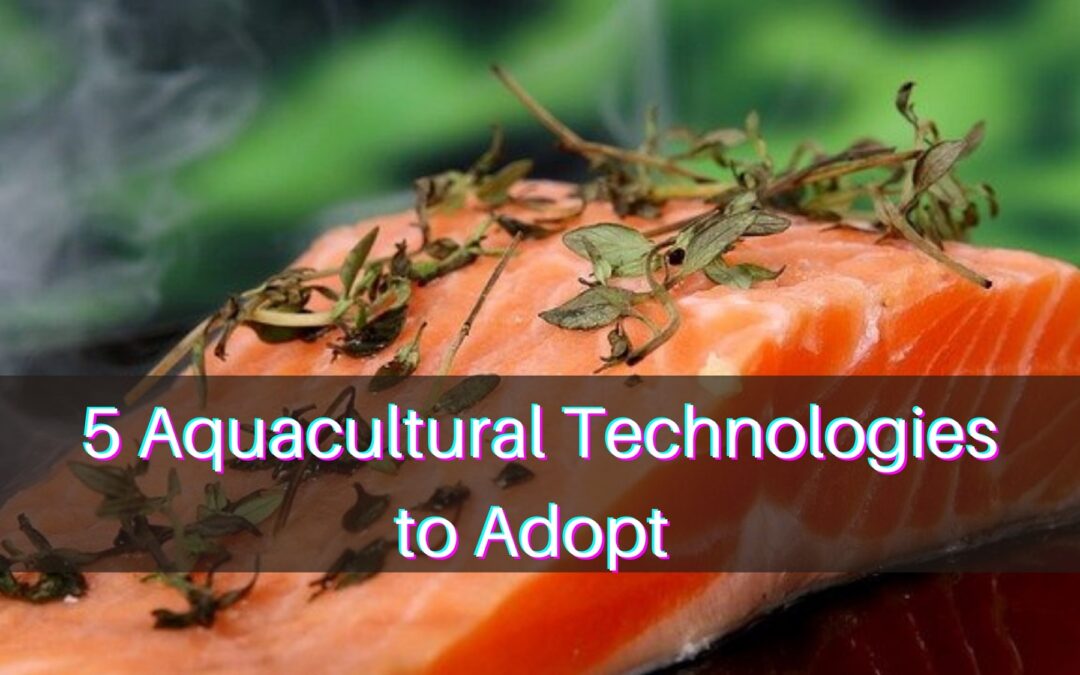Aquaculture is a rapidly growing sector and is one of the forms of food production. Startups in aquaculture and seafood technology were estimated to have raised $193 million in 2016 and that marked about a 271 percent increase in comparison to the previous years. Despite the growth that has been witnessed in the industry, there are key areas within the industry that require innovation.
Here are some of the aquacultural technologies to adopt;
Prevention of Disease
Prevention of disease is a critical aspect of aquaculture. The changing water temperatures and quality make the fish being farmed to be more susceptible to disease. However, innovation is lacking on how such diseases can be prevented. While crop and livestock farmers have a range of preventive solutions and dozens of vaccines to deploy, the aquaculture industry has very few choices for vaccines that can effectively address the diseases. Vaccines are also administered by hand in aquacultural settings and this doesn’t make them good preventive measures in case of infestations.
Oral Delivery of Vaccines
Oral delivery of vaccines is another innovative way of controlling disease in aquaculture that should be adopted. The manual injection is quite labor intensive and time-consuming and by adopting oral delivery of vaccines, it becomes possible to reduce handling and any damage to the fish. Micro-encapsulation techniques have been developed where medicines get incorporated into organisms and then fed to fish.
Replacement of Fish Meal
Most fish feed heavily relies on fish meal and fish oil as the key ingredients and these are made from fish parts. Despite being very rich in nutrients, the system isn’t sustainable due to overfishing which is putting fish supplies at risk. Considering the rate at which aquaculture is growing, the traditional fish meal is not likely to keep up with the demand for feed. Farmers should therefore consider adopting alternative sources of feed such as the plant-based solution.
There are innovations that are ongoing with regard to this such as soy protein concentrates that acts as a good alternative to fish feed. Algae feed is another developing feed option to consider. Insect-based feed is another interesting source to explore.

Sustainability of Aquaculture
Going by the effects of climate change, marine life is facing tremendous challenges such as warming the ocean and washing toxic wastes into the ocean. The overfishing threat is another challenge and this requires that farmers consider engaging in adopting sustainable ways of aquacultural farming. Aquaculture farmers aiming at observing environmental, economic, and social sustainability should consider incorporating conservation, and water quality control alongside efficient use of fish feed.
Recirculating Aquaculture Systems
This land-based fish farming model combines fish farming with other aquacultural farming techniques. It involves the raising of plants, animals, and fish simultaneously and in a way that creates ecosystems that are self-sufficient. Ponds that are used for raising fish can act as natural sources for irrigation for the crops and also provide good sediment for the nutrient-rich fertilizer.
P.S: – Join a team of farmers committed to practicing sustainable aquaculture and get insight on more technologies to adopt. For more information, join our EAT Community.



